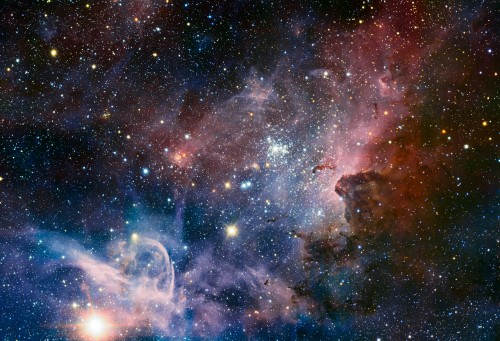This week I am muscling in on Christopher’s space series with a guest post about comet exploration.
In a couple of weeks (on November 12th to be precise), scientists will try to put a lander on a comet for the first time ever. The mission blasted off 10 years ago, made its rendezvous and began orbiting in August of this year, and is currently being prepared to touch down.
The mission is called Rosetta, and it is operated by the European Space Agency. It is a risky mission though and there are no guarantees that the lander will be able to plant itself safely on the comet. But if all goes well, the lander will stay operational as the comet flies closer and closer to the sun in its elliptical orbit, so that it can study how proximity to the sun changes the elements that make up the comet. The orbiter will follow, and should stay with comet until the end of next year, while the lander will operate until the spring when it will then get too hot to function.
Comets are some of the oldest structures in the solar system, so learning what they are made of and how they undergo change is seen as the closest thing to going back to the formation of the system currently possible. Scientists hope to gather evidence about water and carbon content, to see if the Earth could have got its first water and elements that are needed for the development of life from such bodies.
The Europeans Space agency has an interactive graphic so you can see how Rosetta arrived at its destination, and it is well worth a look. You really get an idea of the task of getting to something that is just a few KM across and traveling at 55 000 Kilometres per hour.
This article in the online journal Science gives lots more information, and there are some great photos here.
The European Space Agency are also running a competition to name the area where the craft is due to touch down. They want the public to propose names and reasons to use them, so that someone has the chance to enter the history books as their name will be immortalized. Why not give it a go, read more here.



